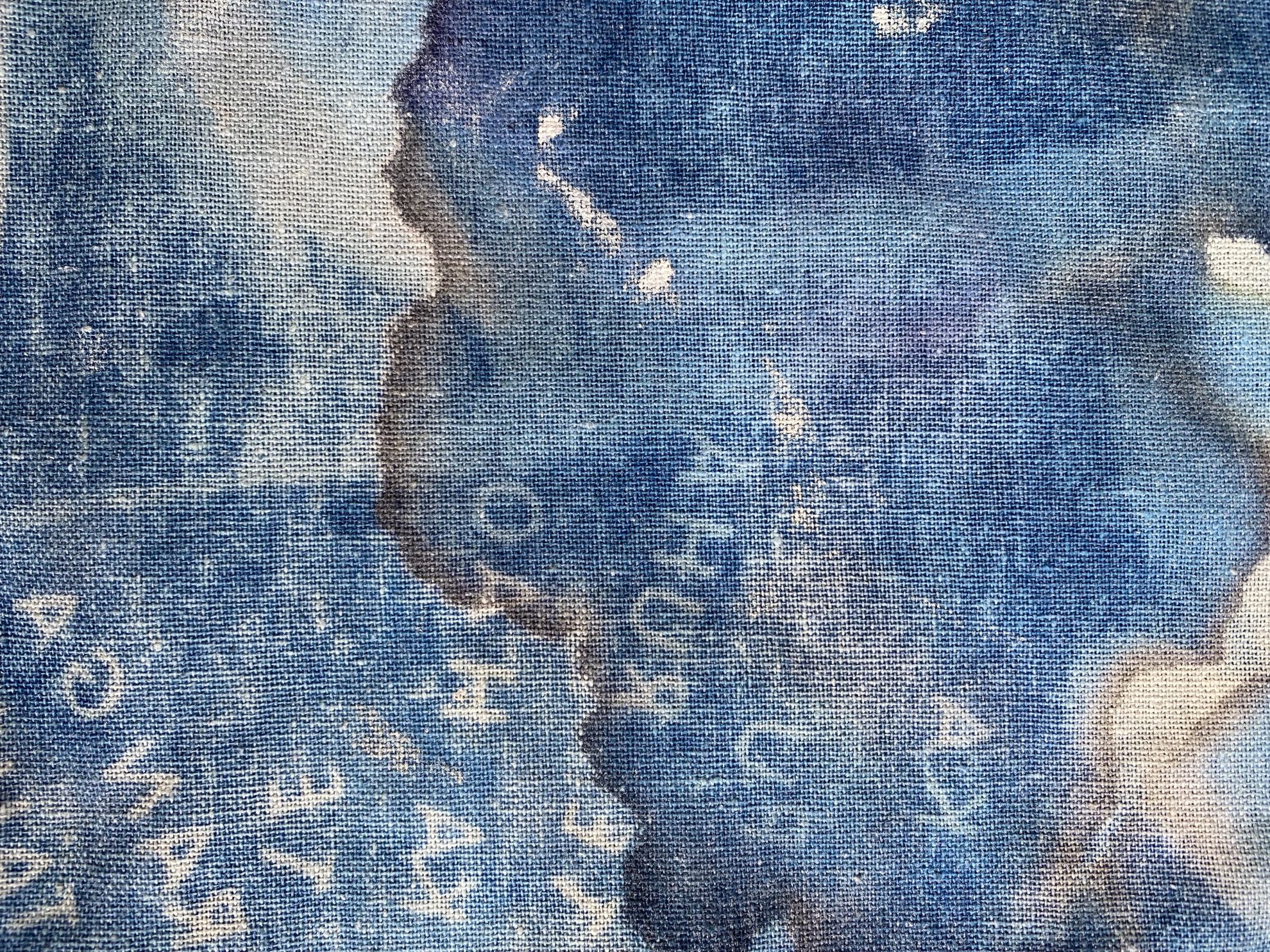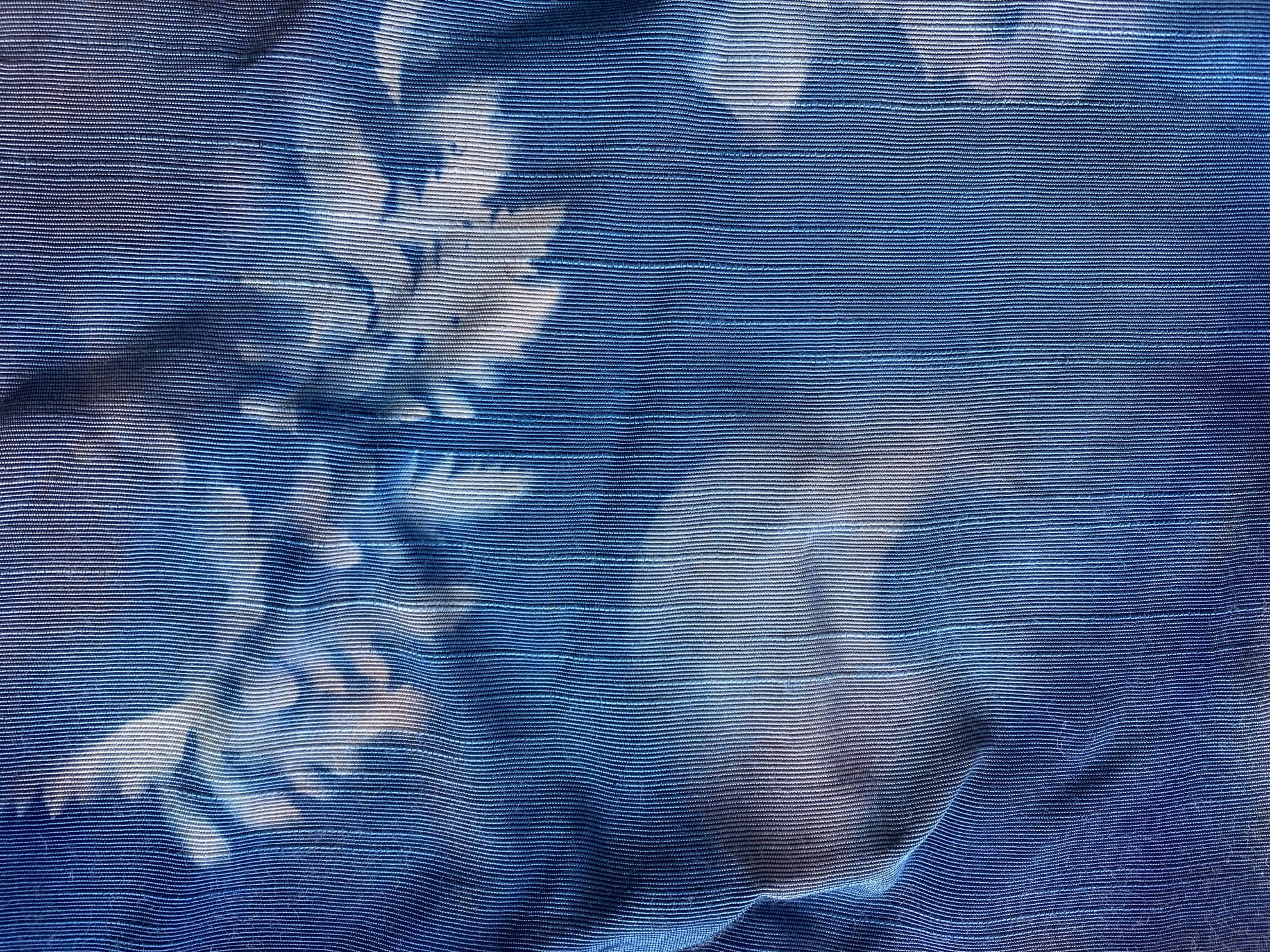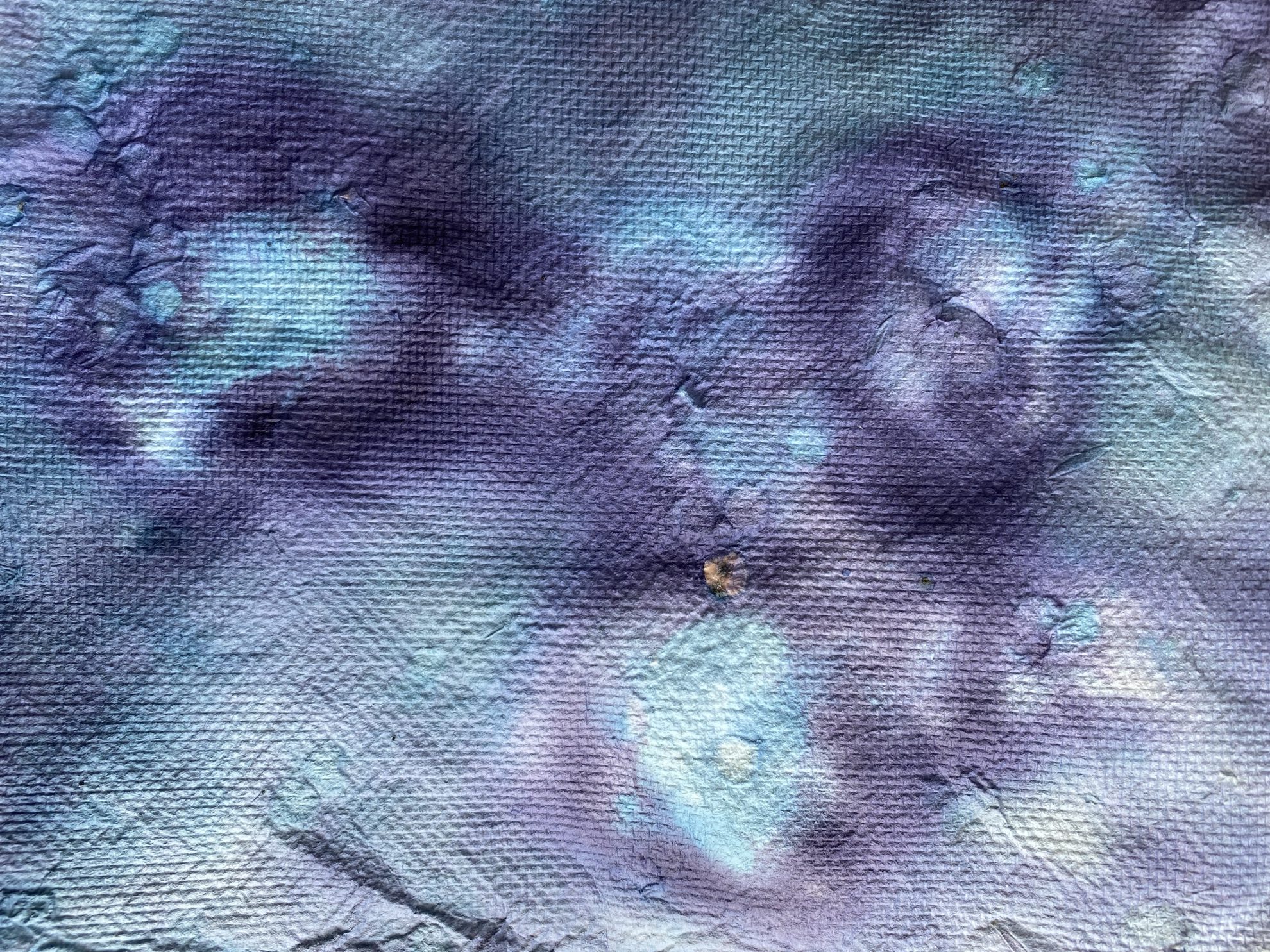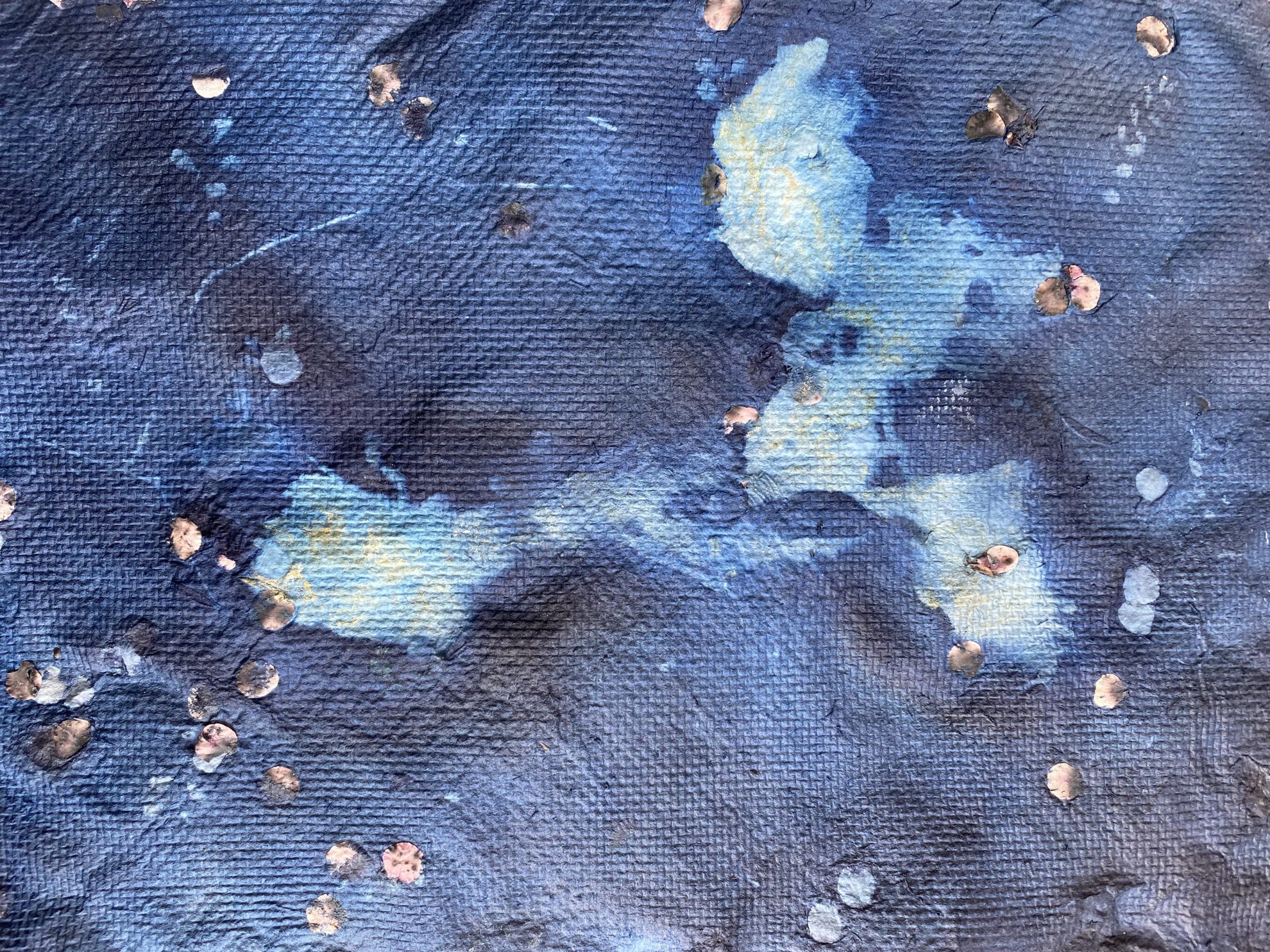I
There was a summer where many fires burnt
They burnt homes, animals, bodies and forests
We wept for the death of all these beings
Our bodies became more fragile
We asked ourselves
“What have we inherited?”
/
Violence of the past
fear for the future
carried down through the years
a heavy knot in the shoulders
Carrying this weight
/
What can I do?
One must begin somewhere
Begin what?
The only thing in the world worth beginning: The End of the world of course1
/
In Te ao Māori when a child is born, they exist between worlds
Their bodies are the sum of all those who have lived and passed away
When you have a child they appear as the sum of every person you have ever loved
/
Matariki occurs in June in the middle of the Western year
Time stretches out
It was never linear
Matariki (our new year) is symbolically is the dawn for a new beginning,
because it is the time where we see the sky as it was in the beginning – at the time of creation/
Those that have been lost exist forever and they appear across the land
These are the streams of water that are the arteries of Papatūānuku (the earth mother)
They are the three pou that hold up the sky
Ranginui (the sky father) has their neck supported by Tautoru (the Three Belt stars of Orion)
Tautoru rises east just before dawn
Ranginui has one shoulder held up by Matariki (the Pleiades star cluster)
Matariki heralds the arrival of the sun
Ranginui’s other shoulder is held up by Takurua (Sirius)
Takurua is close to the point along the horizon where the sun will rise at the southern summer solstice
As children we pointed to the stars and said “That’s my Nana.”
/
the dead are never dead you see
for we see them every winter as the stars rise,
the tides lap against the shore
and
new babies are born
/
The heavy strain in the body is that we carry the bodies of many
Sometimes we carry these bodies in our names
Hana from ‘Koroneihana’
Meaning coronation
coming from the Kiingitanga movement
and my father born during the coronation year of
Te Atirangikaahu, the late Māori queen
Pera
My Grandmother’s name
Aoake
Meaning ‘Ao’ – the world
‘Ake’- a particle meaning to emphasise to whom something belongs or for whom something is intended
I was promised the world upon my birth
The spaces in between where we see the ones we love,
never lost
just somewhere else



